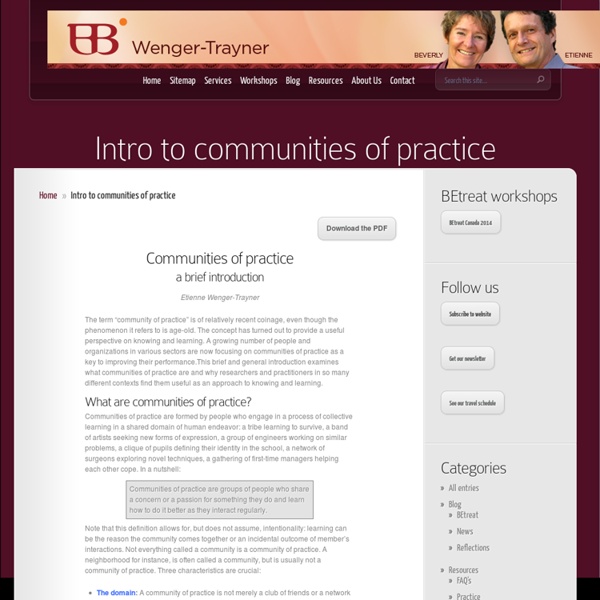Growth in Flipped Learning Infographic
Blended Learning Infograpics Flipped learning is a pedagogical approach in which direct instruction moves from the group learning space to the individual learning space, and the resulting group space is transformed into a dynamic, interactive learning environment where the educator guides students as they apply concepts and engage creatively in the subject matter. The Growth in Flipped Learning Infographic presents some interesting facts and stats that show how flipped instruction has expanded during the past two years.
How to Infuse Digital Literacy Throughout the Curriculum
So how are we doing on the push to teach “digital literacy” across the K12 school spectrum? From my perspective as a school-based technology coach and history teacher, I’d say not as well as we might wish – in part because our traditional approach to curriculum and instruction wants to sort everything into its place. Digital literacy is defined as “the ability to effectively and critically navigate, evaluate, and create information using a range of digital technologies.” Many educational and business professional cite is as a critical 21st century skill.
Air Force aims to solve knowledge management problems with Web 2.0
The Air Force hopes a soon-to-be-launched Gov 2.0 project will spur collaboration, improve knowledge management, and enhance education and training within the service, said an Air Force official Nov. 16 at KMWorld, a knowledge management conference in Washington, D.C. As Lt. Col.
Researching the community of inquiry framework: Review, issues, and future directions
Abstract Since its publication in The Internet and Higher Education, Garrison, Anderson, and Archer's [Garrison, D. R., Anderson, T., & Archer, W. (2000). Critical inquiry in a text-based environment: Computer conferencing in higher education. The Internet and Higher Education, 2(2–3), 87–105.] community of inquiry (CoI) framework has generated substantial interest among online learning researchers. This literature review examines recent research pertaining to the overall framework as well as to specific studies on social, teaching, and cognitive presence.
everything elearning: managing: KM
Knowledge Management Overview Knowledge management, elearning, and performance support are key components of successful organizations in an information economy. Knowledge management is concerned with "who knows what", elearning with "who needs to know what", and performance support with "who needs to know what, right NOW!". Over the last year, the term knowledge management has become increasingly popular...but, like many concepts, corporations are in danger of embracing it without seeing how it links to other corporate strategies. KM may be a very effective way for organizations to disseminate information.
History of personal learning environments
Personal learning environments are systems that help learners take control of and manage their own learning. This includes providing support for learners to set their own learning goalsmanage their learning; managing both content and processcommunicate with others in the process of learning and thereby achieve learning goals. A personal learning environment (PLE) involves both formal and informal learning experiences.
News
"- Can you picture and describe your Personal Learning Environment?- Learning? Isn't that the stuff I had to do at school? - Yes.. but surely you did not stop learning the day you graduated, did you?- True… I suppose my experiences, my goals, my thoughts, my responsibilities, my training, my projects, all constitute ongoing learning..- And it looks you are onto a good thing, so keep with it as "your ability to learn is the only lasting competitive advantage!" I have been thinking about the place of the ePortfolio in a Personal Learning Environment. ePortfolio and Personal Learning Environment can both be a software system or a concept.
How To Create a PLE to Stay Relevant in 2013
“Our understanding of learning has expanded at a rate that has far outpaced our conceptions of teaching. A growing appreciation for the porous boundaries between the classroom and life experience…has created not only promising changes but also disruptive moments in teaching.” EDUCAUSE Review, 2012 This quote from Disrupting Ourselves: The Problem of Learning in Higher Education (Bass, 2012), gives a good a reason as any for educators to develop a Personal learning Environment [PLE]; a space where we can keep up with the experimental modes of learning, instruction, changing pedagogy and instructional methods that surfaced in 2012.



